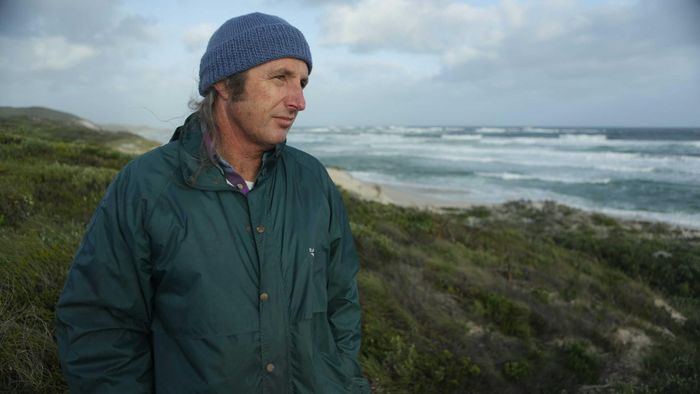Teresa Whitington
The Boy behind the curtain: notes from an Australian life
by Tim Winton (Picador £16.99)
When he was nine years old, Tim Winton travelled by car with his family from Western to Eastern Australia: from the city of Perth to the city of Melbourne. One of the institutions the family visited was the National Gallery of Victoria.
They were seeing it for the first time, and the distance they had travelled to do so was not just physical but cultural; they had arrived in a limitless imaginative world having come from a close-knit working class community with little access to the arts.
The boy’s realization that literally anything could be summoned into imaginative life in painting, sculpture or writing led him to tell anyone who would listen that he was going to be a writer.
Creative writing
In the piece ‘Havoc: a life in accidents’ Winton writes about his involvement in a serious car accident during his first year as a student of creative writing at the Western Australian Institute of Technology.
He was left with concussion and spinal trauma. His convalescence focused his mind both on his desire to be a writer and the fact that he was “drifting along a little bit”, not really using his time at college well.
His recovery was both physical and vocational: by the time he graduated he had written three books. He is now the author of nine novels (including Breath and Cloud Street), and three short story collections, (including The Turning).
As we’ve seen the city does feature in this collection of autobiographical essays: from Melbourne in the East to Perth and its satellites in the West. In ‘The Shadow of the Hospital’, Winton provides a front-row account of the human cost of illness, observed during five years he spent living opposite the hospital in the port city of Freemantle.
But the sea is vital to him. Introduced to surfing at age five, he developed a life-long passion for the water, for fishing, swimming, and walking the West-Australian coastline. In ‘The Wait and the Flow’ he gives a social history of the Australian surfer, and also communicates everything that surfing means to him personally. Surfing works too as a metaphor for his practice as an imaginative writer.
Like the surfer, the writer turns up, and waits – one for the wave, the other for words. Winton suspects that surfing is another factor which “unlocked the artist” in him.
His love of the sea made him an environmental campaigner. In ‘The Battle for Ningaloo Reef’ he describes his involvement in a campaign to save a west-Australian coral reef from a commercial development plan.
The campaign was successful; the reef is now registered as a world heritage site. Winton credits the many volunteers he worked with on this campaign as being his “midlife post grad course in civics”. He clearly understands and never under-estimates the socio-political factors behind the ruthless exploitation of the natural environment.
But he emerged from the Ningaloo campaign with a reinforced trust in the altruism and civic sense of his fellow Australians.
This collection of essays will captivate both established Winton readers and those new to his writing. The quotation from Les Murray’s poem ‘Poetry and Religion’ at the head of the collection underscores Winton’s religious sensibility; another significant factor in his artistic and personal life.
Dr Whitington is Librarian at the Central Catholic Library.


 Tim Winton
Tim Winton 